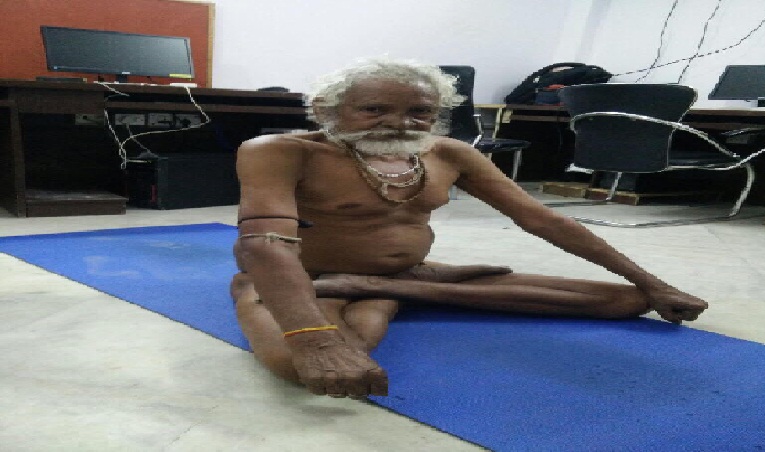Padmasan
This pose reminds one of blossoming lotus petals. Hence, it is known as Padmasana.
Method:
The left knee is bent and the heel is placed on the upper portion of the thigh. The sole needs to point upwards. After that the right knee is bent and placed in such a way that both heels touch and are positioned in a straight line from the navel. The sole of the right foot should also point upwards. The back of the right palm is to touch the left palm even as both palms are placed on the heels. The spine is to remain straight and still and one needs to keep looking in front. Hands can also be rested on the knees in the position of jnanamudra.
The jnanamudra pose implies that the base of the thumb needs to touch the upper portion of the index finger even as the other three fingers are to remain straight.
One’s gaze should be concentrated between one’s eyebrows or towards the bridge of the nose. Also, if one practices the moola-bandha (root lock) simultaneously, it can be done as it would further benefit the practice.
Time:
One to ten minutes.
Benefits:
From the point of view of exercise, this asana is beneficial. It helps to obstruct the flow of blood to the muscles of the nether regions of the body. This leads to increased blood-flow to the lower abdomen. After completing the asana when the legs are brought back to a relaxed position, oxygenated blood flows with a boost through the same regions of the body once again.
This asana is also excellent for spiritual practice and chanting. It helps to increase one’s mental and spiritual strength. It also helps one to practice celibacy. Hence, this asana is used while performing higher spiritual practices.
